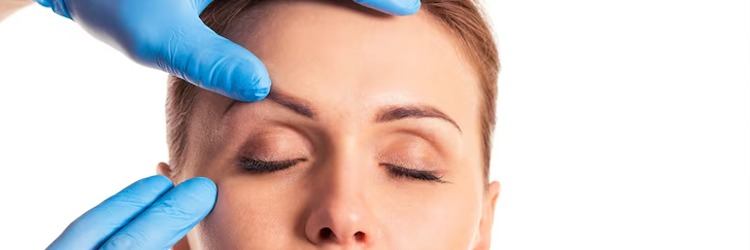Under-Eye Xanthelasma
Under-eye xanthelasma is a skin condition characterized by yellowish, fatty plaques that accumulate under the skin, particularly around the lower eyelids. Although generally harmless, it can be bothersome due to its impact on appearance. These formations should be taken seriously, as they may also indicate underlying metabolic disorders.
Xanthelasma develops as a result of cholesterol and lipid accumulation beneath the skin. While it most commonly appears on the inner corners of the upper eyelids, under-eye xanthelasma is also quite prevalent. These yellow plaques progress slowly and can enlarge over time. Due to the delicate structure of the skin around the eyes, the plaques often become more noticeable and can negatively affect facial expression.
The most prominent feature of under-eye xanthelasma is the presence of slightly raised, soft, and painless yellow lesions. They are typically symmetrical and appear on both eyes. Although they do not cause redness, itching, or a burning sensation, their noticeable appearance often leads individuals to seek treatment.
This condition should not be regarded as a purely cosmetic issue. Under-eye xanthelasma can be associated with systemic conditions such as high cholesterol, triglyceride imbalances, or diabetes. Therefore, it should be addressed from both an aesthetic and medical standpoint and should be properly evaluated by an ophthalmology specialist.
The most effective treatment options for under-eye xanthelasma include laser therapies (CO2 laser, Er:YAG laser), plasma energy (Plexr), and surgical excision. The choice of treatment depends on the size, depth, and skin type of the lesion. Laser and plasma treatments generally offer quick recovery with minimal scarring.
In conclusion, under-eye xanthelasma is a condition that holds both aesthetic and medical significance. With early diagnosis and appropriate treatment methods, it is possible to eliminate these fatty deposits. Additionally, managing any underlying metabolic issues is crucial in preventing recurrence.
If you’ve noticed yellowish spots under your eyes and feel concerned about their appearance or possible health implications, feel free to contact us for detailed information about under-eye xanthelasma and to create your personalized treatment plan.
Op. Dr. Yıldız Acar Ebcim
Ophthalmology Specialist






